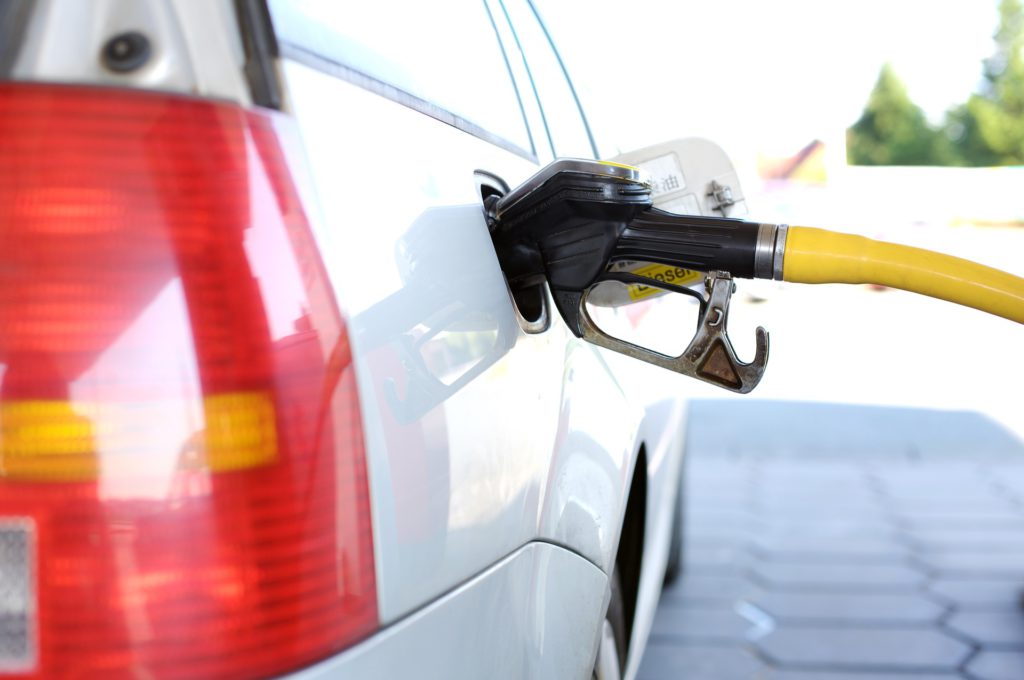European diesel sales drop as AFV market gains ground
07 February 2019

7 February 2019
New figures released by the European Automobile Manufacturers Association (ACEA) have shown just how bad the diesel decline on the continent is, while alternative fuel vehicles (AFVs) continue their rise.
In the fourth quarter of 2018, diesel’s share of the European new car market fell from 41.2% to 34.1%, while petrol continued to further expand its share of new car registrations, growing from 52.3% to 57.2%.
All AFVs combined (referred to as alternatively–powered vehicles (APB) by ACEA) made up 8.6% of the market in the last quarter of 2018. Within AFVs, electrically-chargeable vehicles – comprising battery electric vehicles (BEV) and plug-in hybrids (PHEV) – accounted for 2.7% of new cars registered and standard hybrids (HEV) gained a 4.5% share. Non-electric AFVs accounted for the remaining 1.4% share.
Overall in 2018, more than half of all new passenger cars registered in the EU ran on petrol (56.7%, compared to 50.3% in 2017), while diesel accounted for 35.9%. Only 2% of new cars were electrically-chargeable vehicles (ECVs).
Petrol and diesel
Demand for diesel cars in the EU decreased during the fourth quarter of 2018. Amid a contracting car market, the number of diesel units fell by 23.6% during the last three months of the year. All passenger car markets in the region posted strong declines, including the EU’s five biggest markets. This trend has continued into the first month of 2019, except Germany, which last month saw a 2.1% rise in diesel sales compared to the same period last year.
Despite overall car registrations falling by 272,798 units (-7.9%) during the last quarter of 2018, the number of new petrol cars still grew by 0.8% when compared to 2017. This translates into petrol further expanding its share of the EU market by five percentage points. Registrations of petrol cars increased in each of the five big EU markets, except for Germany, which saw a 9.9% decline.
Alternative fuel vehicles (AFV)
In the fourth quarter of 2018, registrations of AFVs across the European Union grew significantly (21.1%). ECVs led this growth with the highest percentage gain (up 33.1%) – notably driven by an uplift of the battery-electric segment (88.7%) – but registrations of plug-in hybrids saw their first drop since 2016 (by 7.9%).
Hybrid electric vehicles (HEVs) also performed very well (up 31.1%) during the last quarter of the year, accounting for more than half of all AFV registrations. By contrast, demand for LPG and NGV vehicles fell by 13.8% in the fourth quarter – recording a sharp decline in registrations of gas-powered cars.
While the increase in pure electric vehicle sales in high, this equates to just 150,003 units registered in the last 12 months across the EU, compared with 5,406.574 diesels and 8,532,104 petrol cars. However, EV volumes will rise over the course of 2019 as new models from Audi, Daimler and Volkswagen (VW) come to market.